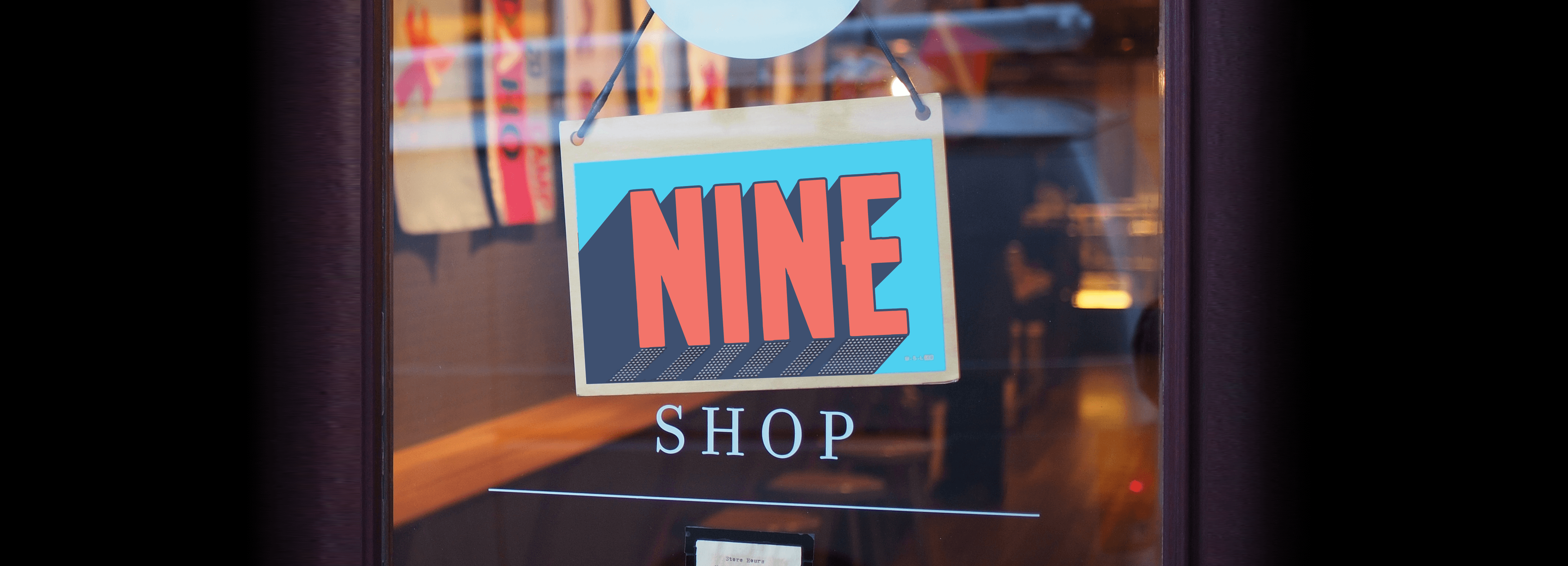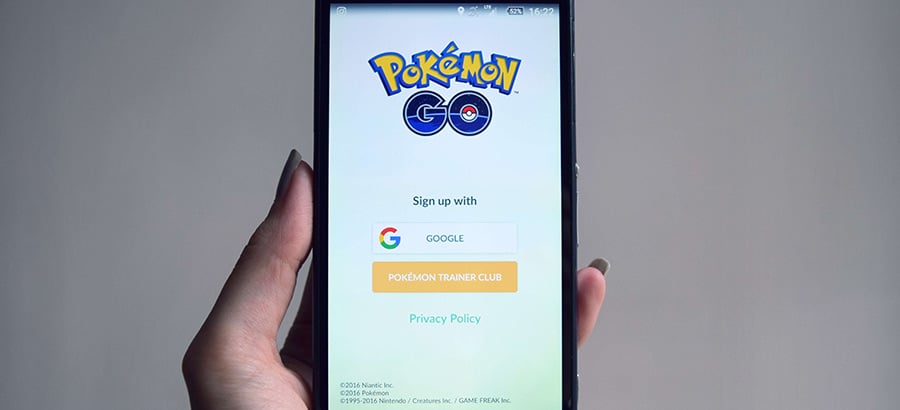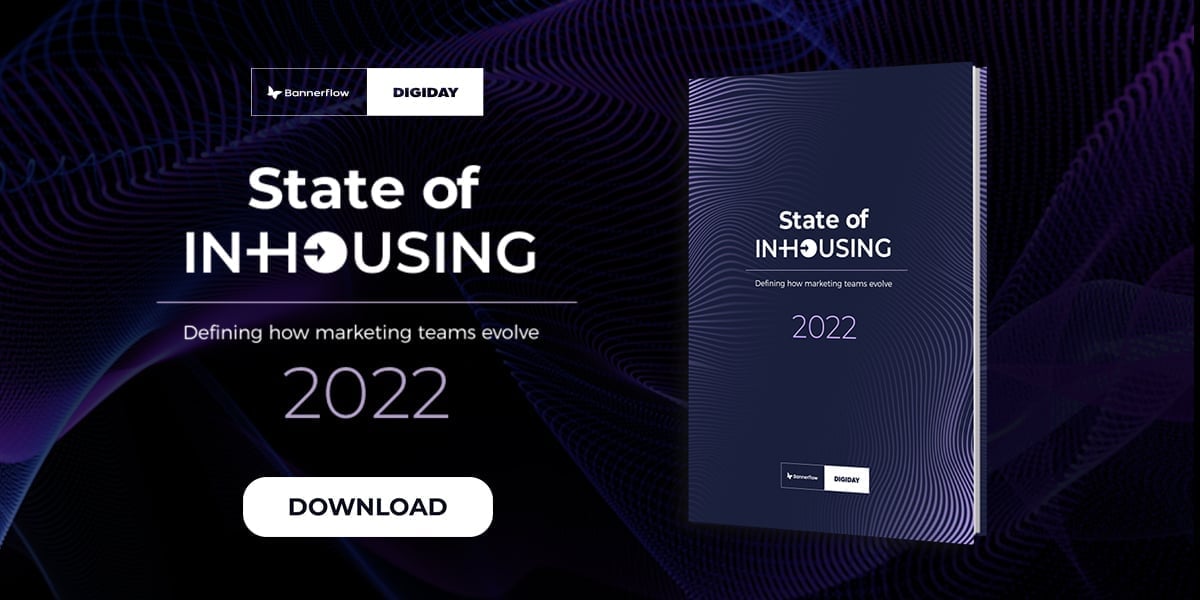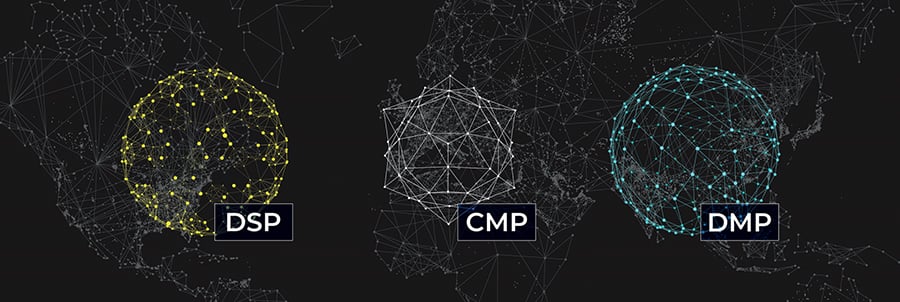In the past, media buying was much less complex. Today – in the very worst cases – it can consist of multiple actors and shifting layers. Yet, even with all the benefits of programmatic buying, there is a sense that not every player in digital advertising has your best interests at heart.
Events such as Proctor & Gamble Chief Brand Officer, Mark Prichard’s crusade against fraudulent agency practice and the brand safety crisis that engulfed YouTube, have justifiably led to a greater scrutiny of media buying. The days of “black boxes”, rebates, and murky measurement are drawing to a close. The way we buy media is (hopefully) changing for the better.
What is media buying?
Media buying is the process of purchasing ad space and time on both offline and online channels. This can range from websites and video-hosting platforms through to television adverts and radio slots.
Traditional media buying focuses mainly on offline channels covering television, radio, and print. Digital media buying encompasses websites, social media, and streaming platforms.
Media buying is a crucial part of the ad delivery process. It ensures that your advert is viewed and engaged with by your target audience at an optimal time and with a strong ROI. The process involves identifying advertising space with strong potential returns, then negotiating terms with website and platform owners. Terms would include when the advert will show, how it will appear, the length of time it will be visible and all relevant costs.
Digital media buying also provides performance marketing and measurement tools. These allow you to measure the impact and delivery of the campaign to provide an accurate assessment of success.
What is a media buyer?
Now that we’ve established what media buying entails, let’s identify the role of a media buyer. Put simply, a media buyer undertakes the media buying. Their role is to pair the ad with the appropriate advertising medium.
For example, placing their electrical razor products within an article on male grooming, or advertising their games console product next to a video that reviews the best games to be released on the platform that month.
A key element of a media buyers’ job is to ensure that product match is as relevant as possible. This makes the process of brand awareness, product education, and eventual product purchase a much more efficient one.
Whilst media planners plan the campaign and outline objectives and timelines, the media buyer executes that plan. This includes negotiating with sellers across the target websites and other digital platforms. At all times, media buyers will refer to the media plan to ensure adherence to frequency and budgets.
Why is media buying important?
Media buying is crucial to your campaign.
Visually compelling assets and copy can work wonders in persuading your audiences to engage with your ad. But none of that matters unless you’re reaching that target userbase.
That’s where media buying comes in. Media buying ensures your ad is placed on the right outlet, at the right time, and to the right audiences.
What’s more, media buying can play a key role in ensuring your campaign is adhering to budgets. Leading media buyers are adept at negotiating advert placement and costs. This ensures your advert is delivering at optimum cost with no impact on performance.
But what are the other key things to consider when it comes to negotiating media buys?
- Programmatic buying: Programmatic media is incredibly transparent, so you can see where every last penny of your budget is being spent during your campaign. Gone are the days of relying on third party buyers or agencies to handle your spend. Programmatic buying removes that hurdle and puts you in control of your entire budget. For more information on programmatic advertising, read our ultimate guide.
- OOH versus Digital OOH: At the outset of your campaign, a key decision is whether your campaign will be Out of Home (OOH) or Digital Out of Home (DOOH). OOH is the more traditional method of advertising and takes the form of billboards, for example, or adverts at transport hubs. DOOH is more dynamic and cost-effective, enabling buyers to choose when, where and for how long their ads are displayed.
- Ad placement: Deciding on where your ad gets shown is crucial. Agreeing the correct placement ensures you’re reaching your target audience in the most effective way possible. There are many factors to consider here, from cost and inventory type to understanding what type of audience will see and engage with your ad. Monitoring your placement is also critical, and that’s where programmatic comes in. You can view placement and performance in real-time and have the added luxury of making instant changes to optimise your placement.
Things you need to know about media buying
But what are the 9 things you need to know about digital media buying right now?
1. Always optimise your media buying
Firstly, one of the best ways to seek better ad performance is through optimisation. Programmatic media buying should do this by default. For example, always make sure yourself, or your partner, is shifting frequency, blocking domains, and changing bid sizes.
In a perfect world ,this is an automatic process. Indeed, programmatic algorithms are improving all the time and are much quicker than humans at refining ad performance – if set-up correctly.
Always make sure whoever sets up your campaigns, whether a branding campaign, or a performance campaign sets the right parameters.
2. Brand safety should be a priority
Brand safety is a brand’s exposure to inappropriate content. It’s when media buying goes so wrong, it can result in damage to a brand’s reputation. This could be an ad published next to, before, or within an unsafe environment. It’s finding your children’s clothing brand besides a video promoting ISIS.
Generally, the fewer the layers of media buying, the more secure and better the ad inventory. For Hamish Nicklin, the Guardian’s chief revenue officer: “The environment matters massively to advertisers”. It’s one of the leading challenges of media buying.
In recent years there has been a drive for publishers to offer white-lists and black-lists to help guide media buyers. In today’s media buying environment it is a key consideration. A media buying agency that places a brand in an unsafe environment, is simply not doing its job properly.
3. Avoiding ad fraud is essential
Thanks to the automation of programmatic advertising, brands do not always know where their ads will appear, and this can lead to ad fraud. Generally, the less you pay, the lower the quality of the ad inventory, and the more likely you’ll come across problems.
Furthermore, there are certain frauds that can be avoided – dependent, of course, on the watchfulness of your media buying partner. Take domain spoofing, for example. Premium publishers, like the Financial Times, are top targets for fraudsters, as advertisers pay a lot for their inventory. It’s unlikely to be cheap; yet still people will buy cut-rate, disguised inventory, no questions asked.
But there is help at hand. The IAB launched the authorised digital seller tool, or ads.txt, in 2017 to help ad buyers avoid rogue sellers. Which combined with analytics tools such as heatmaps can help to reduce ad fraud.
However, it’s worth noting WPP Chairman Sir Martin Sorrell: “it’s the seller’s responsibility, not the buyer’s, to make sure it’s safe”. Which is all well and good but it is still better to be safe than sorry. Even a low-cost, cost per click (CPC) campaign should try to use domains verified by ads.txt. If a partner doesn’t give you the choice of only publishing ads on ads.txt domains, then you have only yourself to blame.
4. Transparency will kill “black boxes”
The rise of the “black box” in media buying is lamentable. Writing in his Marketing Week column, Mark Riston described automated media buying as a “shadowy black box filled with turds and spiders“. And it’s about to die.
In fact transparency is killing-off shadowy players. There has been a rejection of the murky and corrupt set of intermediaries between publishers and clients who are maximising the opportunities that confusion and technology can award. Agencies that say one thing and do another have been found out. Clients want to see evidence, they want to see where they’re money is being spent and the decisions behind purchases. They want control.
What is clear is that there is now a marked trend, with brands taking ownership of media buying, or being more involved in the whole process. Speaking to Digiday, Nick Manning, the chief strategy officer at Ebiquity noted. “In the past, advertisers would have automatically delegated all those tasks to their agencies, whereas now, media is too important as a matter of good business discipline”. Indeed, a revolution is happening.
Plus, if China is where the future happens, then bad news media agencies. Chinese big brands are increasingly moving their advertising budgets from agency trading desks, and going in-house. The days of “black box” media buying are numbered.
5. Measurement has to/will improve
A major factor for the woe online media buying finds itself in is how ad performance is measured. As mentioned, P&G’s Marc Pritchard has been very vocal about the need for improvements to the digital supply chain. Some advertisers have found themselves with numbers that may appear to be good but upon closer inspection aren’t all that accurate.
He wants common standards introduced for metrics such as viewability, click-through rate and impressions. The Internet Advertising Bureau (IAB) has long maintained metric guidelines but some organisations use their own particular standards that can differ. This can lead to confusion, which opens the door to ad fraud and issues of brand safety.
But there is hope. There’s a growing shift from the current “Wild West” style of measurement, towards third-party measurement that is accredited in the same way as traditional media. It’s also likely the same sophisticated eye-tracking used for tracking user engagement with print and online ads will be implemented into live display ad metrics.
Expect media buying to become clearer with exchange systems that share the same, stable cross-currency metrics. An honest media buying partner will be among the first to acknowledge these changes.
6. Control media buying in-house
According to those in the know, the biggest transformation currently happening in media buying is moving media buying in-house. Like with other aspects of display advertising, bringing media buying in-house makes sense. It provides better budgetary control, people closer to the business have a greater say, and another layer of mystery is removed.
According to Bannerflow Product Owner Björn Karlström, a great benefit of having media buying and creative production in-house is a better end product. “Not only are in-house media buyers closer to the business’ goals, but they are more dedicated and work closer with creative. Meaning better campaigns”. Communication is better and work-flows are smoother. Time and money is saved.
However, a flipside to this is that businesses will also need to upskill. They will need to equip marketers with the best technology. Plus, ensure they have the talent in-house to understand the media landscape
7. Trust must come from the heart
Trust is a critical matter when buying media. Navigating the supply chain requires faith in a partner – especially when you consider the large amounts of money involved. Avoiding ad tech firms that put up barriers, and agencies that aren’t open, must be avoided. One way is to cut out the middle man and take media buying in-house.
However, if you decide not to take your media buying in-house and use an agency instead there are ways to improve trust. Writing in Marketing Week, Bob Wootton, of Deconstruction Consulting, makes some excellent points in regarding how to choose a partner. He says to ask the following questions:
- Does my agency actually make a living out of what we pay them?
- If not, how does it do so?
- Are the media plans being put to me truly neutral and impartial?
- Are all my media plans and buys supported by credible, independent metrics?
Simple questions, yes but if your agency or partner can’t answer them then it’s probably worth switching. The truth is, trust in either the ad tech you use, or the partner you work with, is a foundation stone for campaign success.
8. Create with your media in mind
Another aspect of media buying that is often overlooked is how it combines with ad creation. Often thinking about inventory is done after a display campaign has been built rather than before. However, knowing where a campaign will be served provides contextual info that enhances creatives.
Having an idea of the context a published ad may find itself in can assist banner designers. For example, some products may need to be displayed in a certain way; a brand may have a preference for skyscraper ads to show a particularly tall product. Or placing a video banner for a high-end car in a leaderboard format on upmarket publications.
Knowing your media placement in advance means better performing banners that can cater for specific audiences.
9. The future will be better…hopefully
Honestly, things can only get better. Media buying has been in the same place for the last 10-15 years, and is due a change.
GDPR is helping to make the whole industry more transparent. While digital buying is now being subjected to the same scrutiny which other media channels have long submitted to.
Combined with the movement taking media buying in-house, and new solutions, such as creative management platforms, digital advertisers now have more control than ever.
A few more things…
It’s unwise to mix and match campaign strategies when buying media. It is always best practice to stick with one strategy and reap the reward. A confused campaign will only result in money and effort wasted.
Likewise, be realistic when it comes to your media spend. More creative, requires more money. If someone offers a fee that is too good to be true, then it probably is. If you want your brand to be featured on all the best ad locations, you will have to pay.
Finally, choosing who you work with is becoming more and more critical. Ad tech, like the Bannerflow creative management platform, puts the user in the driving seat and is perfect for those who work in-house. Remember, whether you work in-house, or with a partner, make sure your media buying is open and transparent.






